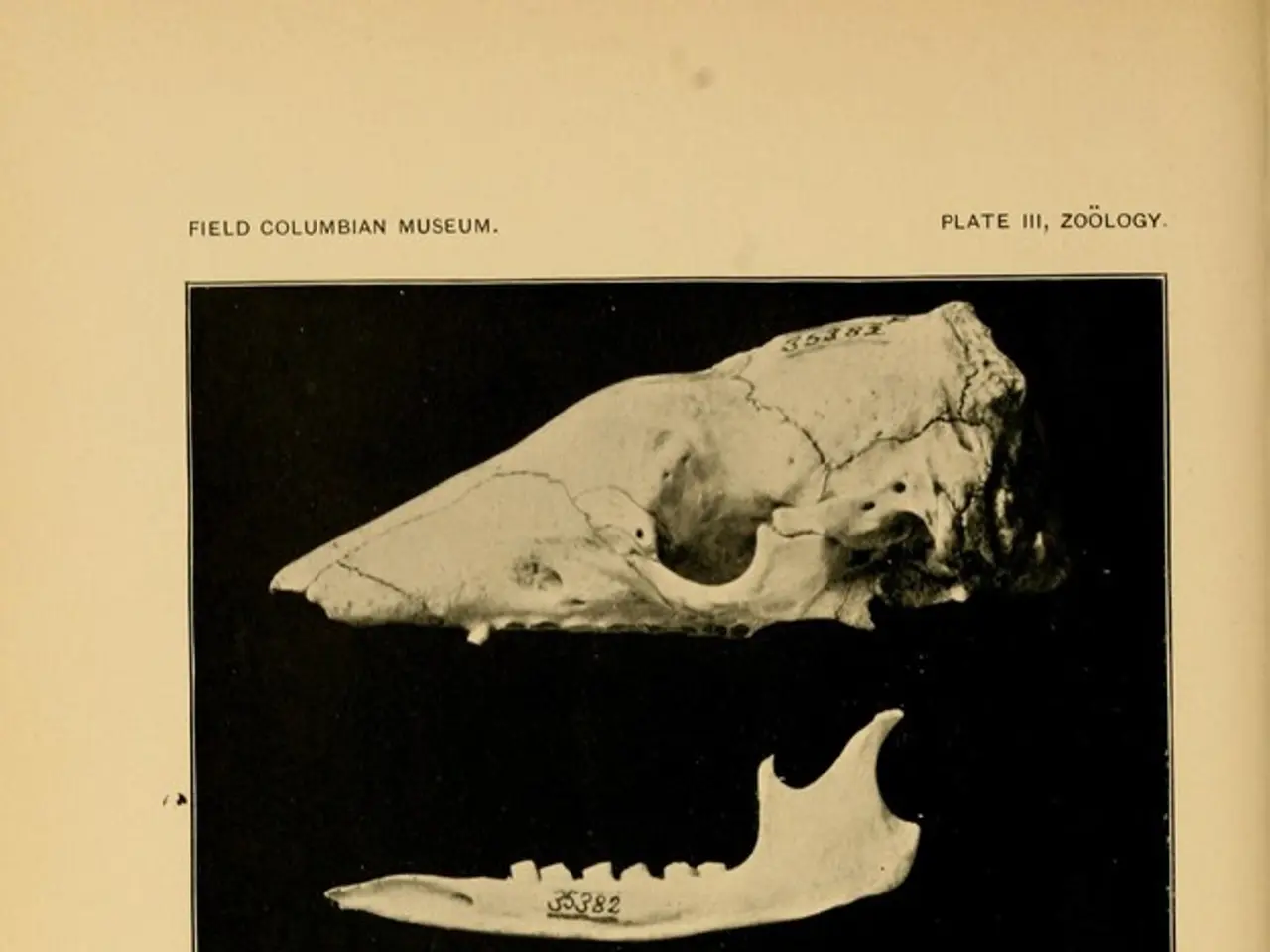Stages of Hip Osteoarthritis: Symptoms, Therapies, and Additional Information
Hip osteoarthritis is a progressive joint condition that affects millions of people worldwide. The disease occurs when the cartilage within a joint breaks down, leading to bone changes, pain, swelling, and stiffness.
Symptoms by Stage
The symptoms of hip osteoarthritis vary depending on the stage of the disease.
- Early Stage: In the initial stages, symptoms are typically mild and may include joint stiffness, especially after periods of inactivity, pain aggravated by heavy use or activity, and reduced range of motion of the hip. There may also be occasional joint creaking or locking sensations.
- Moderate Stage: As the disease progresses, pain becomes more persistent and noticeable with routine movements. Joint stiffness and tenderness increase, and swelling around the joint might be present. Difficulty with activities such as walking or standing for long periods is common.
- Advanced Stage: In the later stages, severe pain often occurs even at rest or nighttime, significantly limiting mobility and daily function. The hip joint may feel locked or unstable, with substantial loss of motion. Grinding noises and visible deformity may occur due to cartilage loss and bone changes.
Treatment Options by Stage
- Early to Moderate Osteoarthritis: Conservative Management
In the early and moderate stages, treatment focuses on symptom control and function preservation. This often involves activity modifications to reduce joint stress, lifestyle changes such as weight loss and regular low-impact exercise, physical therapy, assistive devices, medications, and intraarticular glucocorticoid injections.
- Advanced Osteoarthritis: Surgical Interventions
In the advanced stages, surgical interventions may be necessary to restore mobility and quality of life. Options include hip resurfacing, total hip replacement, periacetabular osteotomy (PAO), and arthroscopy.
Hip resurfacing and total hip replacement are partial and complete hip replacements, respectively, where the damaged joint is replaced with prosthetic components. PAO is often considered in younger patients with hip dysplasia to improve joint stability and delay arthroplasty. Arthroscopy may be used in selected cases to clean damaged cartilage, though it is less common for advanced disease.
Living with Hip Osteoarthritis
Regardless of the stage, people can help slow down the progression of osteoarthritis by taking part in regular physical activity, strengthening the joints, reducing pain-enhancing activities, maintaining a moderate weight, eating a balanced diet, managing blood sugar levels, and performing regular low-intensity exercises.
If you are experiencing frequent hip pain or stiffness, it is important to consult a doctor. A doctor may conduct a physical examination and X-ray imaging tests to confirm the diagnosis and develop an appropriate treatment plan.
[1] Arthritis Foundation. (2021). Hip Osteoarthritis. https://www.arthritis.org/diseases/hip-osteoarthritis
[2] Mayo Clinic. (2021). Hip Osteoarthritis. https://www.mayoclinic.org/diseases-conditions/hip-osteoarthritis/symptoms-causes/syc-20354415
[3] National Institute of Arthritis and Musculoskeletal and Skin Diseases. (2021). Hip Osteoarthritis. https://www.niams.nih.gov/health-topics/hip-osteoarthritis
[4] American Academy of Orthopaedic Surgeons. (2021). Hip Osteoarthritis. https://orthoinfo.aaos.org/en/diseases--conditions/hip-osteoarthritis
[5] Cleveland Clinic. (2021). Hip Osteoarthritis. https://my.clevelandclinic.org/health/diseases/17046-hip-osteoarthritis
- It's essential to consult a doctor if you are experiencing frequent otherjointpain or stiffness, as science and medical-conditions experts might suggest otherpain management techniques and therapy for conditions like chronic-diseases, such as hip osteoarthritis.
- In the early stages of hip osteoarthritis, medical professionals often recommend fitness-and-exercise and health-and-wellness strategies like regular physical activity, joint strengthening, weight management, and balanced nutrition to slow down the progression of the disease.
- For people dealing with advanced stages of hip osteoarthritis, there are various surgical interventions like hip resurfacing, total hip replacement, periacetabular osteotomy (PAO), and arthroscopy available to address mobility issues and improve quality of life.
- Adopting a holistic approach to managing hip osteoarthritis can help improve mental-health outcomes by reducing associated stress and anxiety caused by chronicpain or physical limitations.
- Apart from the direct effect on the hip joint, hip osteoarthritis may lead to various otherpain and health-and-wellness concerns due to limited mobility and fitness-and-exercise restrictions, necessitating regular medical evaluation and consultation.




